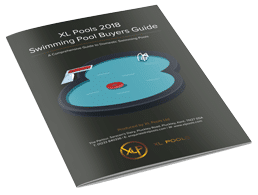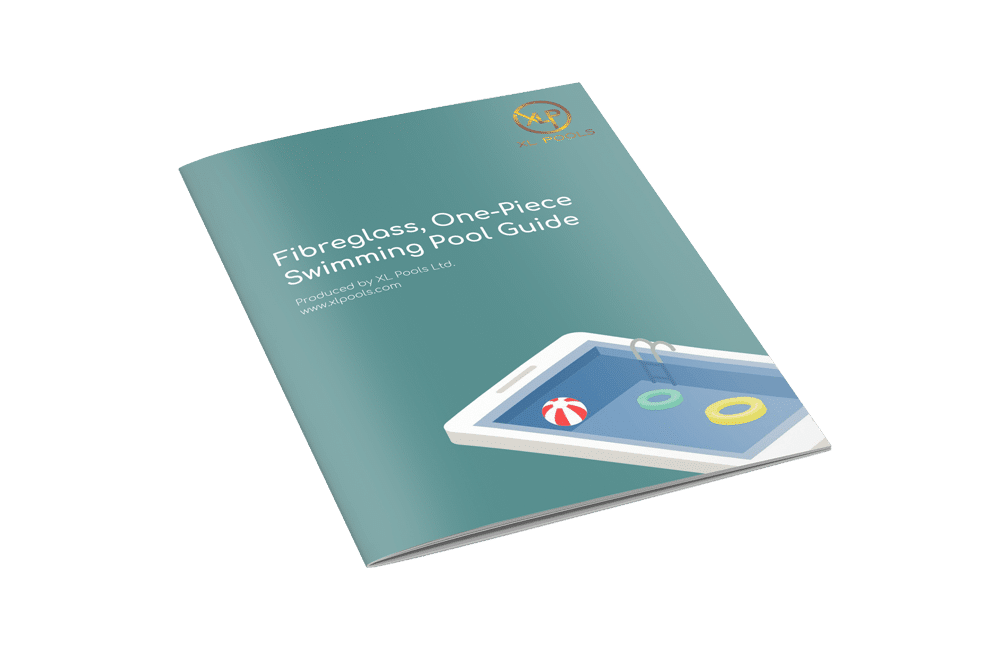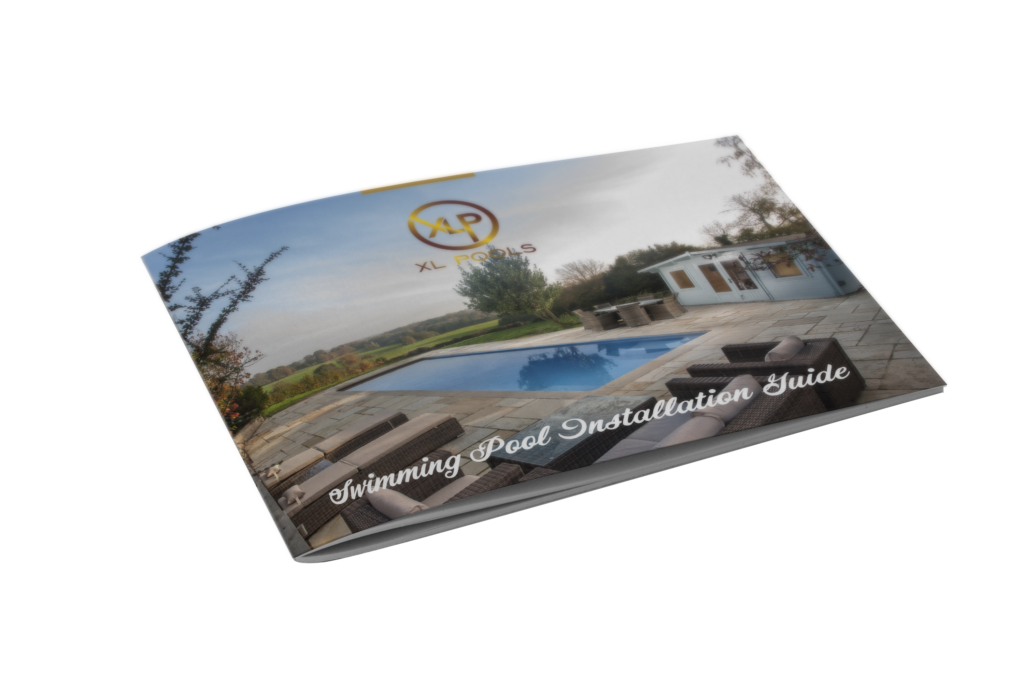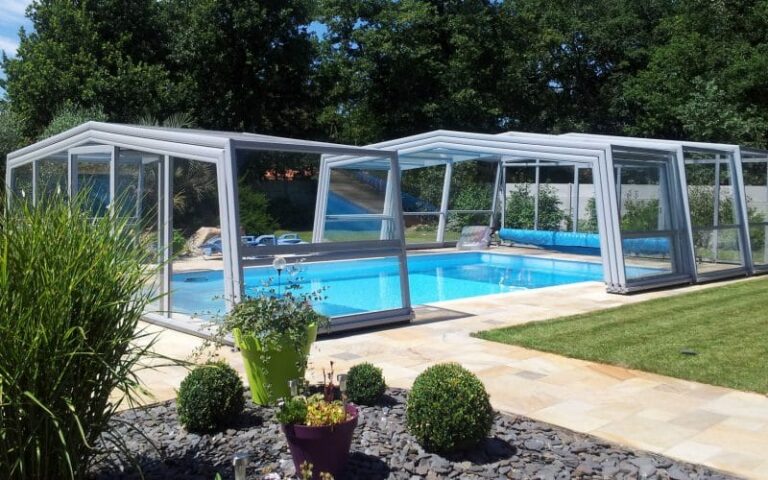Swimming pools, particularly outdoor pools, are open water systems and require regular cleaning and maintenance in order to keep them hygienic, healthy and pleasant to swim in. Whatever kind of swimming pool you have, from a small hot tub or spa to an olympic-sized pool, you’ll need to add chemicals to the water on a regular basis.
Typically, the chemicals you’ll need are chlorine or bromine to disinfect and purify the water, a shock treatment to break up impurities, water balancing chemicals to maintain the correct pH level and calcium level, algicide and clarifier, to make your water sparkling and crystal clear. Here’s a handy summary of what each chemical is for and why you need it:
Chlorine
You need to disinfect your pool to kill any harmful bacteria which could be lurking within. Chlorine is the most common chemical used for this purpose, and is available in a variety of forms. You can choose liquid, tablets (in varying sizes), sticks or granules. The type of chlorine you choose will determine whether you add it daily to your pool water, or simply purchase a floating chlorine feeder which will distribute the chemical at an even rate over a number of days. An alternative to chlorine is bromine, which doesn’t have the distinctive smell of chlorine, and may be less likely to cause irritation to sensitive swimmers.
Shock Treatment
Shocking a swimming pool is also known as super-chlorinating. It’s basically drastically raising the chlorine level in the pool for a short time by adding three to five times the usual amount. This helps to remove ineffective amounts of chlorine, kills any persistent bacteria and raises the effectiveness of the remaining chlorine. It should be done at least every two weeks, or weekly for outdoor pools in frequent use. A common pool shocking treatment is calcium hypochlorite granules. Mix with the correct amount of water and pour into your pool. This is best done at night when the UV rays from the sun are not on the water, and after you’ve finished using the pool for the day. Wait until the chlorine levels have returned to normal after around 15 – 30 minutes before swimming again.
Water Balancing Chemicals
A healthy swimming pool has a correctly maintained pH (acidity) level and water hardness. This ensures that your water is safe and hygienic to swim in, and that the pool itself does not become damaged due to chemical imbalance. You can check all of your chemicals using a testing kit. This is a must for all home pool owners. Kits range in price and complexity, from simple paper test strips to digital readers. The pH level for a balanced pool should be between 7.2 and 7.6. If it’s too high, you will typically add a form of sodium bisulphate, and if levels drop too low, you’ll need sodium carbonate. Water hardness is determined by the amount of calcium in the water. If it’s too low, you can add a water hardening product to increase the calcium content.
Algicide
If you have an algae problem in your pool despite maintaining a correct chlorine level and regular pool shocking, you may need to add a separate algaecide to the water. Depending on the type of algae you have, there are various methods to treat and remove it. Green algae is the most common, but there is also mustard algae and black algae, which can be more resistant to chemical treatment.
Clarifiers and Filter Aids
Over time, debris may collect in your pool which is too small to be removed by typical pool filters. This can include dirt, pollen, body waste, sun lotion or other particles. A clarifying chemical will coagulate the small particles into larger deposits which can be collected by the filters, leaving you with beautiful clear pool water.







